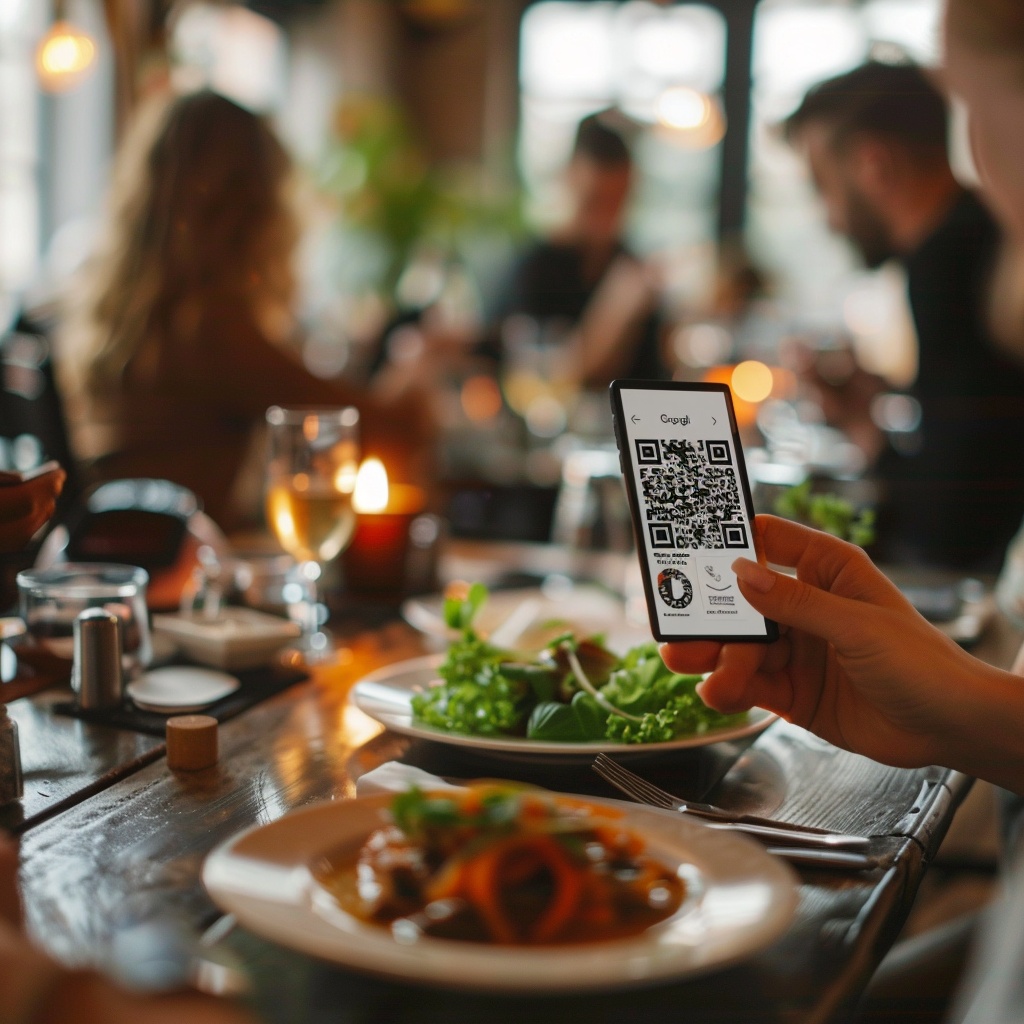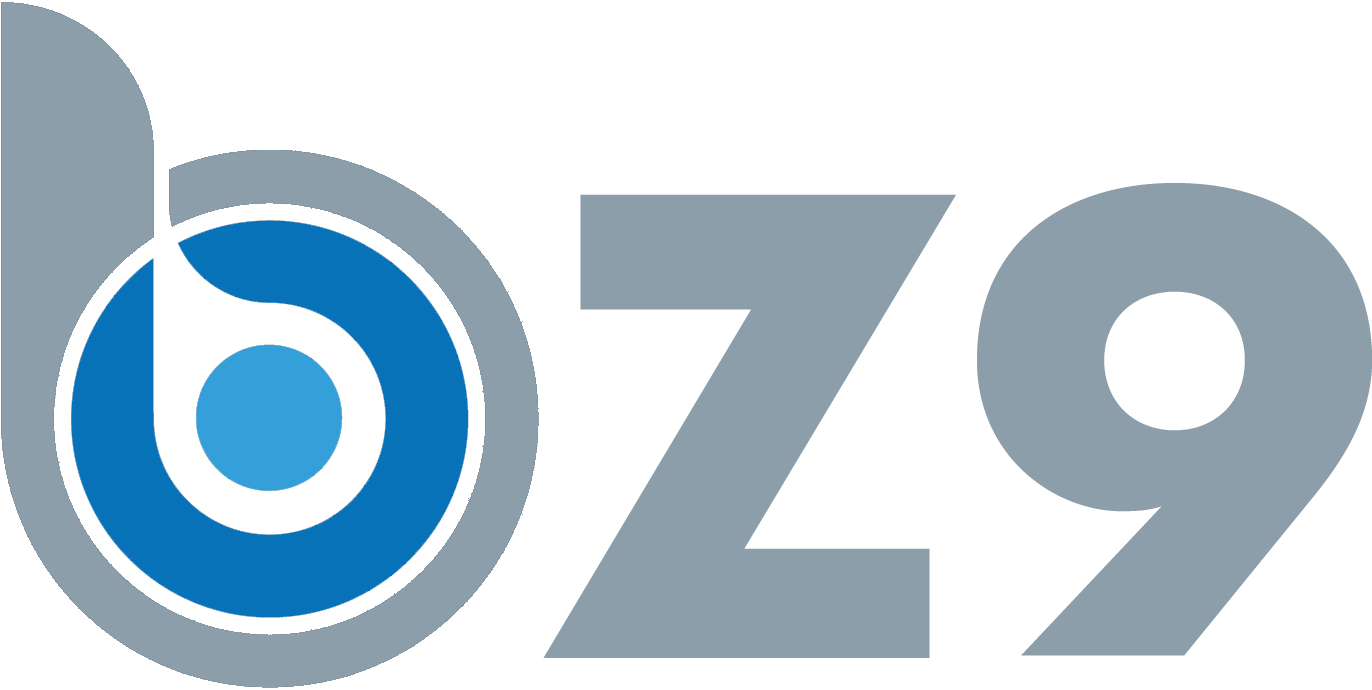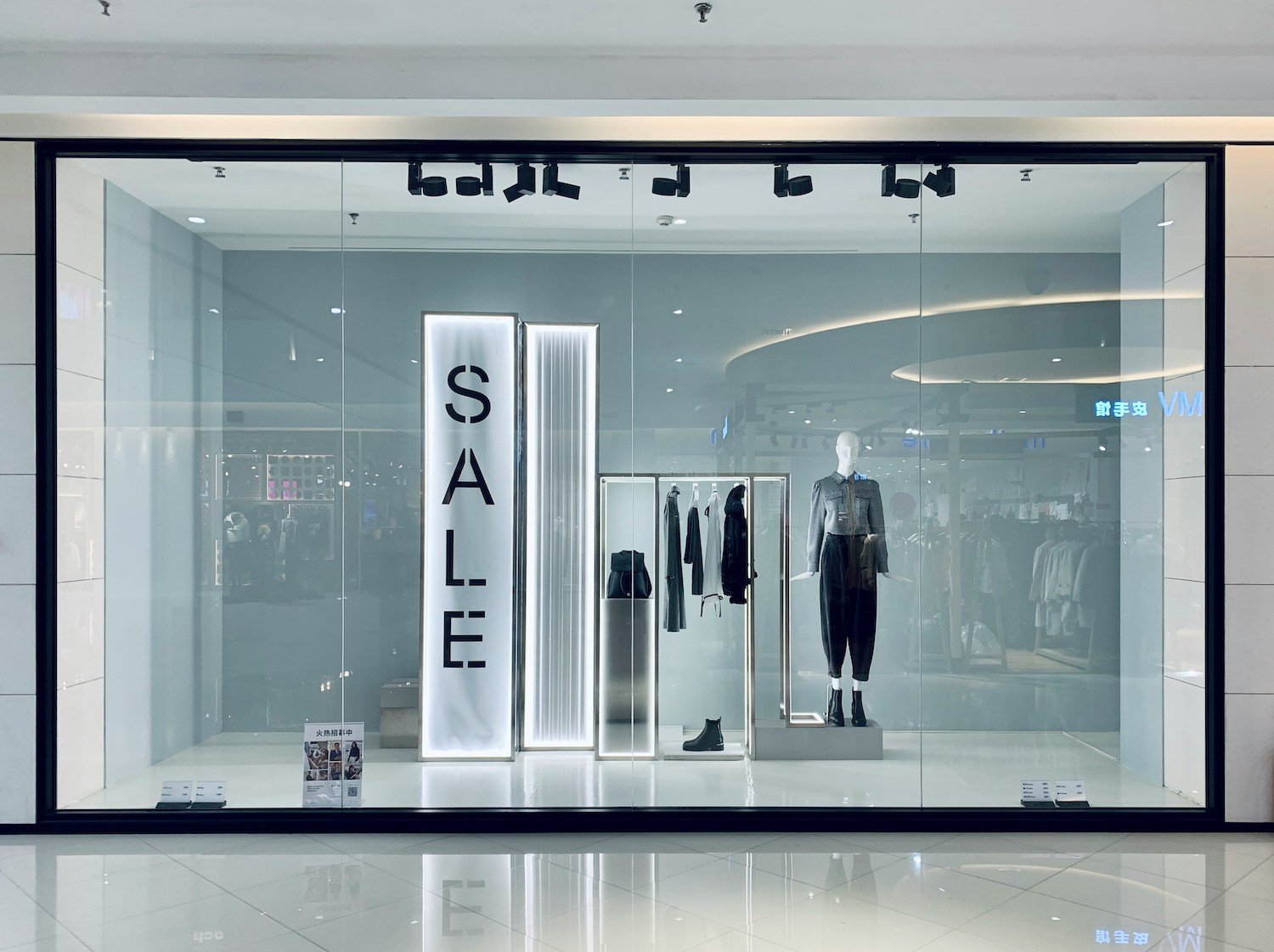
In the ever-evolving landscape of the restaurant industry, staying ahead of the curve is crucial for success. One technology that has proven to be a game-changer for restaurants is the QR code. These simple, scannable squares have transformed how restaurants operate, interact with customers, and grow their business. Let's explore the myriad ways QR codes are revolutionizing the restaurant industry and how establishments can leverage them for growth.
1. Digital Menus: The New Norm
The most widespread use of QR codes in restaurants is for digital menus. This application gained significant traction during the COVID-19 pandemic and has since become a staple in many establishments.
Benefits:
- Hygiene: Reduces the need for physical menus, minimizing contact points.
- Flexibility: Allows for easy menu updates without reprinting costs.
- Multimedia Integration: Enables the inclusion of dish photos and videos.
- Multilingual Options: Offers menus in multiple languages with a single QR code.
Example: A sushi restaurant in New York City implemented QR code menus and saw a 15% increase in order value. Customers spent more time exploring the detailed descriptions and visuals of dishes, leading to higher-value orders and increased interest in specialty items.
2. Contactless Ordering and Payment
QR codes can streamline the ordering and payment process, reducing wait times and improving table turnover.
Benefits:
- Efficiency: Customers can order and pay at their convenience.
- Accuracy: Reduces errors in order taking.
- Data Collection: Provides valuable insights into customer preferences.
Example: A fast-casual chain in California implemented QR code ordering and saw a 22% increase in average order value and a 30% reduction in wait times during peak hours.
3. Customer Feedback and Reviews
QR codes make it easy for customers to leave feedback or reviews, helping restaurants improve their services and online reputation.
Benefits:
- Immediate Feedback: Allows for quick resolution of issues.
- Increased Reviews: Makes it easier for satisfied customers to leave positive reviews.
- Data-Driven Improvements: Provides actionable insights for service enhancement.
Example: A family-owned Italian restaurant in Chicago placed QR codes on receipts linking to their Google review page. Within three months, their review count increased by 200%, and their average rating improved from 4.2 to 4.7 stars.
4. Loyalty Programs and Promotions
QR codes can simplify the process of joining loyalty programs and accessing promotions.
Benefits:
- Easy Enrollment: Customers can join loyalty programs with a simple scan.
- Targeted Promotions: Allows for personalized offers based on customer data.
- Increased Engagement: Encourages repeat visits through exclusive deals.
Example: A coffee shop chain implemented a QR code-based loyalty program and saw a 35% increase in repeat customers within the first six months.
5. Nutritional Information and Allergen Alerts
QR codes can provide detailed nutritional information and allergen alerts, catering to health-conscious customers and those with dietary restrictions.
Benefits:
- Transparency: Builds trust with customers by providing detailed information.
- Legal Compliance: Helps meet regulatory requirements for nutritional disclosure.
- Customization: Allows customers to filter menu items based on dietary needs.
Example: A health-focused restaurant in Los Angeles used QR codes to provide detailed nutritional information. They reported a 25% increase in orders from customers with specific dietary requirements.
6. Virtual Waitlists and Reservations
QR codes can simplify the process of joining waitlists or making reservations, improving the customer experience during busy periods.
Benefits:
- Reduced Perceived Wait Times: Customers can leave and return when their table is ready.
- Improved Table Management: Helps restaurants optimize seating and reduce no-shows.
- Data Collection: Provides insights into peak hours and customer preferences.
Example: A popular brunch spot in Austin implemented a QR code-based virtual waitlist system. They saw a 40% reduction in walk-aways during peak hours and a 20% increase in overall seating efficiency.
7. Interactive Experiences and Gamification
QR codes can add an element of fun and interactivity to the dining experience.
Benefits:
- Increased Engagement: Keeps customers entertained while waiting for their food.
- Brand Differentiation: Sets the restaurant apart with unique experiences.
- Social Media Buzz: Encourages customers to share their experiences online.
Example: A themed restaurant in Orlando created a QR code-based scavenger hunt throughout their venue. They saw a 50% increase in social media mentions and a 30% boost in repeat visits from families with children.
8. Staff Training and Information Access
QR codes can be used internally to improve staff training and access to important information.
Benefits:
- Efficient Training: New staff can access training materials easily.
- Quick Reference: Staff can quickly look up menu details or allergen information.
- Reduced Printing Costs: Eliminates the need for printed manuals and guides.
Example: A national restaurant chain implemented QR codes for staff training and information access. They reported a 25% reduction in training time for new hires and a 15% improvement in order accuracy.
9. Contactless Delivery Information
For restaurants offering delivery services, QR codes can provide customers with real-time delivery updates and driver information.
Benefits:
- Improved Communication: Customers can track their orders in real-time.
- Increased Trust: Provides transparency in the delivery process.
- Reduced Customer Service Calls: Customers can access information without calling the restaurant.
Example: A pizza delivery chain in the UK implemented QR codes for order tracking. They saw a 30% reduction in customer service calls related to delivery status and a 20% increase in customer satisfaction scores.
10. Virtual Tours and Kitchen Cams
QR codes can offer customers a behind-the-scenes look at the restaurant, building trust and engagement.
Benefits:
- Transparency: Shows customers the cleanliness and professionalism of the kitchen.
- Engagement: Creates a unique experience that customers are likely to share.
- Education: Can be used to showcase the sourcing of ingredients or preparation methods.
Example: A farm-to-table restaurant in Vermont used QR codes to provide virtual tours of their kitchen and local farms. They reported a 40% increase in customer engagement on social media and a 25% boost in orders of dishes featuring locally sourced ingredients.
Implementing QR Codes Effectively
While QR codes offer numerous benefits, their effectiveness depends on proper implementation. Here are some best practices:
1. Clear Instructions: Always provide clear instructions on how to scan the QR code.
2. Test Compatibility: Ensure your QR codes work across different devices and operating systems.
3. Mobile-Optimized Landing Pages: The pages linked to your QR codes should be mobile-friendly.
4. Track and Analyze: Use analytics to understand how customers are interacting with your QR codes.
5. Maintain Flexibility: Be prepared to adjust your QR code strategy based on customer feedback and data.
Challenges and Considerations
While QR codes offer numerous benefits, restaurants should be aware of potential challenges:
1. Technology Barriers: Some customers, particularly older demographics, may not be comfortable using QR codes.
2. Dependence on Smartphones: Customers need charged smartphones and data/WiFi access to use QR codes.
3. Overuse: Too many QR codes can be overwhelming and may detract from the dining experience.
4. Privacy Concerns: Be transparent about data collection and usage to maintain customer trust.
The Future of QR Codes in Restaurants
As technology continues to evolve, we can expect to see even more innovative uses of QR codes in the restaurant industry:
1. Augmented Reality Menus: QR codes could launch AR experiences, allowing customers to see 3D models of dishes before ordering.
2. Personalized Recommendations: AI-powered systems could use QR code data to offer personalized menu suggestions based on past orders and preferences.
3. Blockchain Integration: QR codes could be used to provide verifiable information about ingredient sourcing and supply chain transparency.
4. Voice-Activated Ordering: QR codes could launch voice-activated ordering systems for accessibility.
Conclusion
QR codes have proven to be a versatile and powerful tool for restaurants looking to enhance customer experience, streamline operations, and drive business growth. From digital menus and contactless ordering to interactive experiences and personalized marketing, the applications are vast and varied.
As the technology continues to evolve and customer expectations shift, restaurants that effectively leverage QR codes will be well-positioned to thrive in an increasingly digital-first industry. By embracing this technology and continuously innovating its applications, restaurants can create memorable dining experiences, build customer loyalty, and ultimately grow their business in the competitive culinary landscape.




